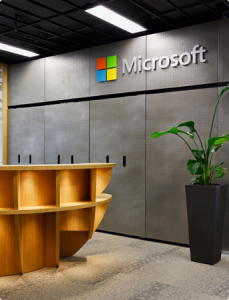The Microservices Approach To Web App Development: Micro Frontends
The microservices architecture is gaining traction for breaking down the limitations of monolithic backends. Fault isolation, technology independence, continuous development & deployment, easy scaling are some of the significant benefits that microservices brings in.
While a lot has been discovered and evolved for building server-side solutions, the software development community still struggles to simplify the way frontend codebase works and compliments the backend services.
Although the concept of Single Page Application (SPA) is very popular for providing better functionality, UX, and discussions, they are built on conventional monolithic architecture. As a single-page application scale, their upkeep and deployment become slow, with each small change requiring thorough regression testing. This raises the attempts in deployment and leads to a higher risk of memory leaks too. The identical approach is now able to be adopted for frontend development through microprograms theory, popular as micro frontend.
Microservices for its backend overcomes the challenges related to traditional software design by following a modular approach to development. The identical approach is now able to be adopted for frontend development through micro apps theory, popular as micro frontend. What exactly are micro frontends? Are they considered as the microservices strategy to frontend web development? What does it take to begin with micro frontend development? Let’s find the answers to those inquisitive questions.
What is Micro Frontends Architecture?
Micro frontends is a modular approach to web development wherein an application is broken up by its pages and features, with each feature being owned end-to-end by a single team.
This approach to development is usually confused with web application development using reusable components, but they are different from each other. A reusable, component-based architecture uses multiple pieces of code (components) and then combines them together to create a monolith frontend that sits on the top of backend services. A micro frontend, on the other end, ensures that each feature is developed, deployed, and tested independently from others.
With micro frontends architecture, the codebase is smaller and cohesive and thus is convenient to maintain. Since the features & pages are decoupled and independent teams are working on them, it is comparatively easier (than monoliths) to upgrade, update, and rewrite parts of the application.










